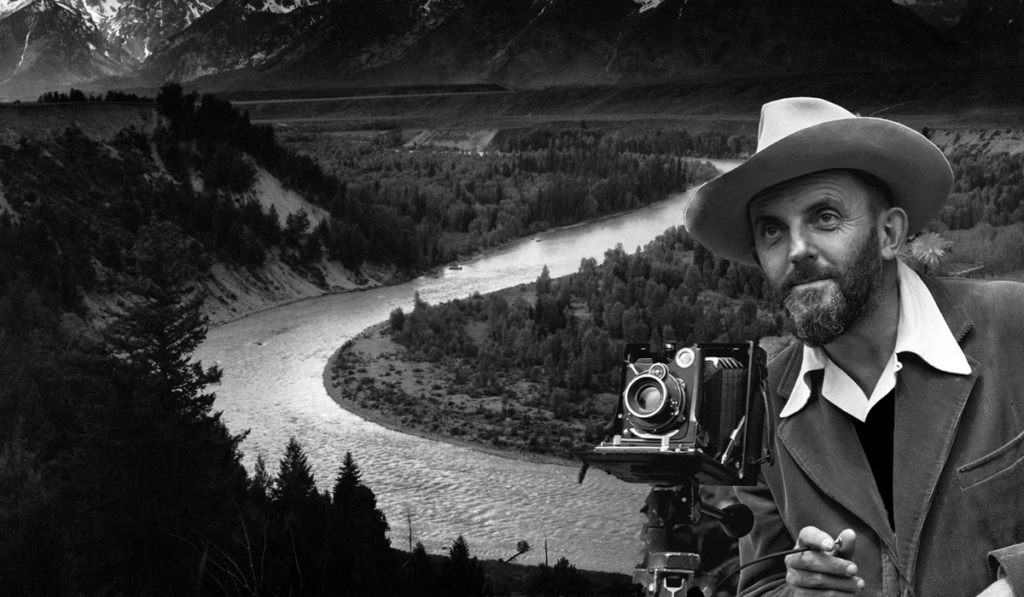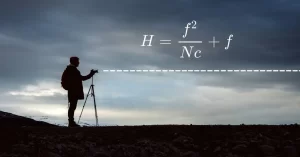How to Use the Zone System in Photography

A delicate balance must be struck between technical precision and creative expression in photography. In the late 1930s, Ansel Adams and Fred Archer developed the Zone System, one of the most iconic methods in black and white photography. The Zone System, originally developed for black-and-white sheet film, has been adapted to modern digital workflows as a fundamental principle.
There are several reasons why you should use the Zone System:
Zone System combines artistic vision with technical excellence in photography. Photographers can capture images with the desired tonal balance and contrast by meticulously controlling tones from black to white. Understanding and applying the Zone System can enhance the quality and impact of your photographs, whether you shoot landscapes, portraits, or still lifes.
Zone Systems for Film and Hybrid Workflows:
Starting with a preview of the final image, the Zone System is applied in a series of steps. In order to achieve this, you must visualize the desired outcome before you press the shutter button. It is possible to develop a keen sense of composition, lighting, and tonal balance by studying visual art and honing your visual intelligence.
The Zone System relies heavily on metering, with the basic principle of exposing for the shadows and developing for the highlights. To capture the full range of tones in their scenes, photographers can use tools such as spot meters and the Zone System’s step chart.
You must carefully consider aperture, shutter speed, and composition when shooting to translate your previsualized image into reality. Using meter readings to adjust exposure settings, you can achieve a well-balanced exposure that preserves shadow and highlight detail.
By using techniques such as Normal (N), Normal minus (N-1), and Normal plus (N+1), photographers can further manipulate tonal placement. As a result of this level of control, the final image can be adjusted precisely to achieve the desired tonal range and contrast.
Developing darkroom skills and making prints:
To achieve fine tonal balance and contrast in black-and-white prints using traditional darkroom techniques, it is essential to master dodging, burning, color correction, and toning techniques. Digital workflows have changed the landscape of photography, but the Zone System principles remain relevant.
Post-processing & Digitizing Film:
Digitizing film negatives allows for new possibilities in post-processing and manipulation in the digital age. A photographer can apply techniques such as contrast control, dodging, burning, and colorization to film negatives by scanning them and importing them into digital editing software.
A tool like Lightroom allows photographers to manipulate their images’ contrast by using sliders for highlights, shadows, black points, and white points. A local adjustment enhances visual impact and tonal balance by fine-tuning specific areas of the image.
Today’s Digital Photographer’s Zone System:
Although the Zone System was originally developed for black and white film photography, its principles can be applied to digital photography as well. It is important to take into account challenges such as built-in light meters and the possibility of overexposing highlights. Photographers can overcome these challenges by mastering manual mode and spot metering and achieving accurate exposures that faithfully capture desired tones.
Film Photography Encouragement:
In spite of the advancements in digital technology, exploring the art of film photography remains valuable. Working with analog media presents unique challenges and characteristics for photographers. Zone System principles remain important for achieving technical excellence and artistic vision, whether you use film or digital cameras.
In conclusion:
As a result, the Zone System continues to shape both analog and digital photography practices. By applying its principles, photographers can capture images that resonate with depth, detail, and emotion, elevating their work to new heights. In color or black and white, the Zone System ensures that each photograph tells a compelling story by ensuring precise exposure and tonal balance.



